Many iconic fashion trends have been shaped by designers who don’t always get the spotlight. These lesser-known creatives have left a lasting impact on the industry, from pushing boundaries with bold, avant-garde styles to revolutionizing everyday wear. Their innovative designs and forward-thinking approaches have not only inspired their peers but also influenced the way we dress today. While their names may not be as familiar, their contributions to fashion are undeniable. This list celebrates 20 such designers who have quietly but powerfully shaped the world of fashion.
Issey Miyake
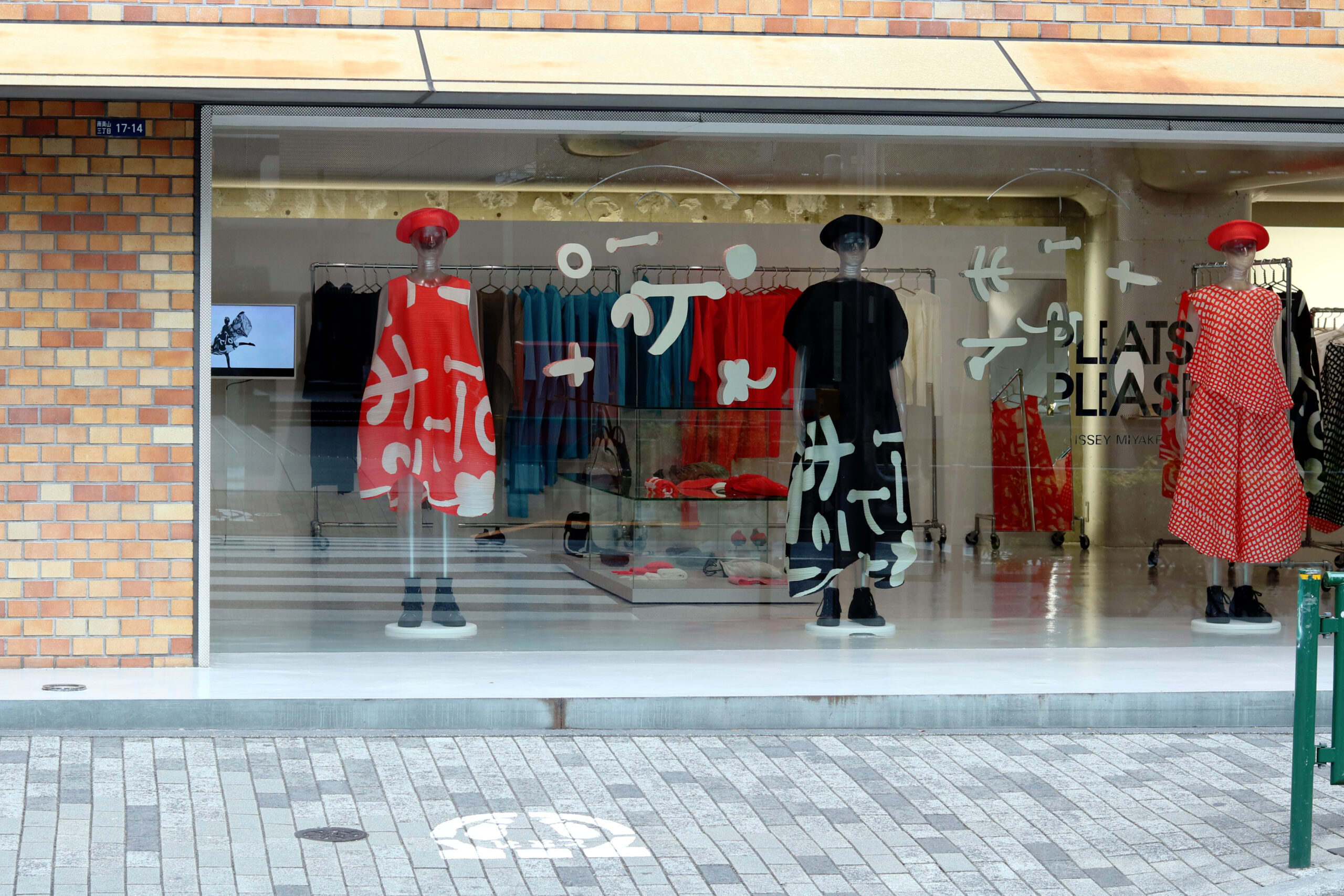
Issey Miyake is a Japanese designer known for his innovative pleating techniques. He introduced the “Pleats Please” line, revolutionizing how fabric can move and stretch while retaining form. His signature technique allowed clothing to be both elegant and practical. Miyake’s work blurred the line between fashion and art, bringing avant-garde ideas to mainstream appeal. His garments were worn by trailblazers like Steve Jobs, who famously donned the black turtleneck. Beyond clothing, Miyake’s influence also extended to the realm of perfume with his best-selling fragrance, L’Eau d’Issey.
Stephen Burrows
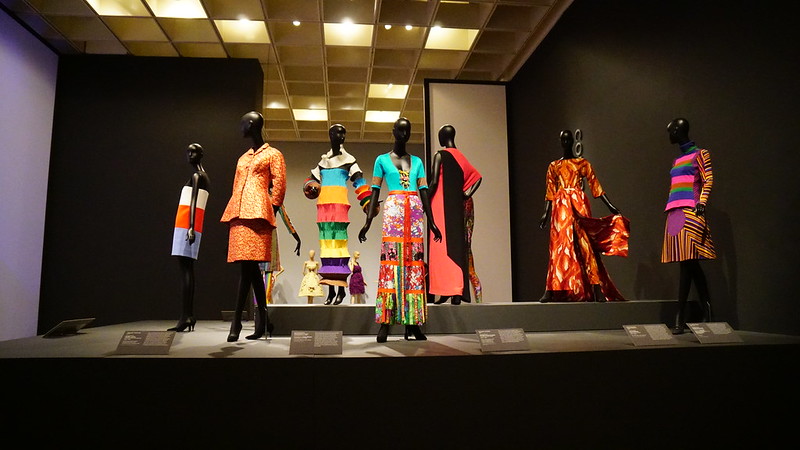
Stephen Burrows rose to prominence during the 1970s, becoming one of the first African American designers to gain international recognition. He was known for his use of vibrant colors, fluid silhouettes, and soft fabrics, which reflected the free-spirited energy of the disco era. His designs were a staple at Studio 54, worn by celebrities like Diana Ross and Cher. Burrows’ iconic lettuce-hem stitching added a playful yet elegant finish to many of his creations. His bold use of contrasting colors earned him a loyal following among style icons. Though not as mainstream today, his influence on modern bohemian fashion remains undeniable.
Claire McCardell
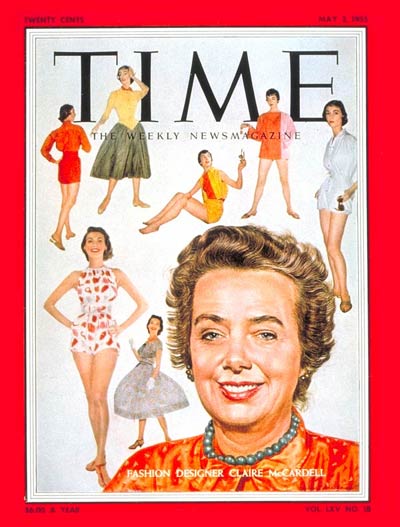
Often credited with pioneering American sportswear, Claire McCardell introduced practicality into fashion during the 1940s and 1950s. She is best known for her “popover” dress, which combined functionality and style in one elegant piece. McCardell championed the idea that women’s clothing should be both comfortable and fashionable, a revolutionary concept at the time. Her use of casual fabrics like denim and wool in sophisticated designs challenged the traditional notions of luxury. McCardell’s minimalist approach paved the way for future designers in the ready-to-wear industry. Today, she is often referenced in discussions about the origins of American casual chic.
Paco Rabanne
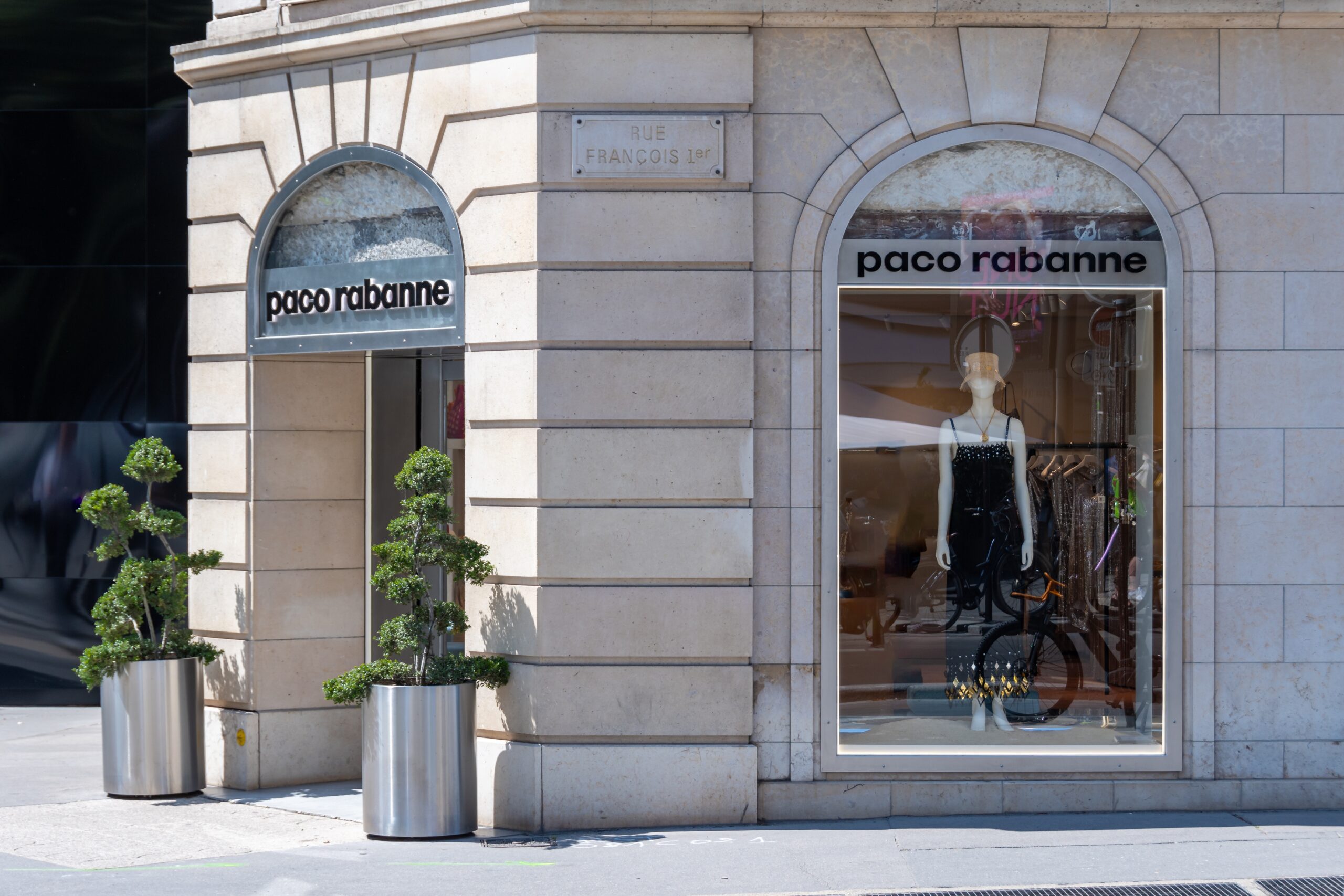
Paco Rabanne, a Spanish designer, made waves in the 1960s with his use of unconventional materials such as metal, paper, and plastic. His space-age designs broke away from traditional fashion, creating a futuristic aesthetic that became iconic during the decade. Known for his “12 Unwearable Dresses in Contemporary Materials” collection, Rabanne pushed boundaries with every design. His avant-garde vision was embraced by the fashion world, especially during the mod era. Celebrities like Brigitte Bardot and Jane Fonda sported his bold creations, helping cement his place in fashion history. Rabanne’s work continues to inspire designers who look to challenge the status quo.
Zandra Rhodes
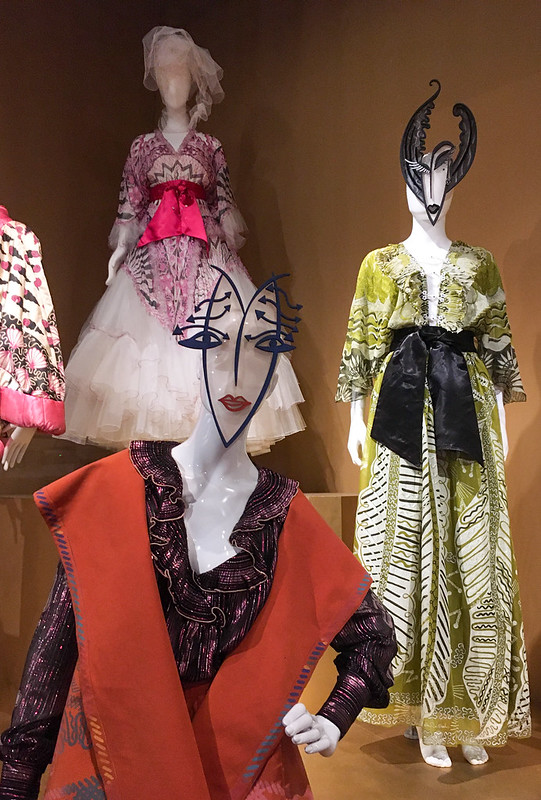
British designer Zandra Rhodes is recognized for her bold use of color and dramatic prints. A pioneer of the punk fashion movement in the 1970s, Rhodes used textiles as a canvas for her artistic vision. Her eclectic designs, featuring asymmetrical cuts and vibrant patterns, broke traditional fashion molds. Rhodes’ signature aesthetic is a fusion of the glamorous and the rebellious, making her garments instantly recognizable. She was a favorite among celebrities like Freddie Mercury and Princess Diana. Today, Rhodes continues to influence designers with her daring and expressive approach to fashion.
Ossie Clark

Ossie Clark was a central figure in the Swinging London fashion scene of the 1960s and 70s. His flowing, romantic dresses became synonymous with the era’s carefree style. Clark’s designs often featured intricate tailoring combined with bold prints designed by his then-wife, Celia Birtwell. He mastered the art of creating garments that celebrated the female form while remaining fluid and relaxed. Worn by style icons such as Mick Jagger and Marianne Faithfull, Clark’s creations became an emblem of the era’s cultural revolution. Though his career was cut short, his legacy continues to inspire designers to this day.
Martin Margiela
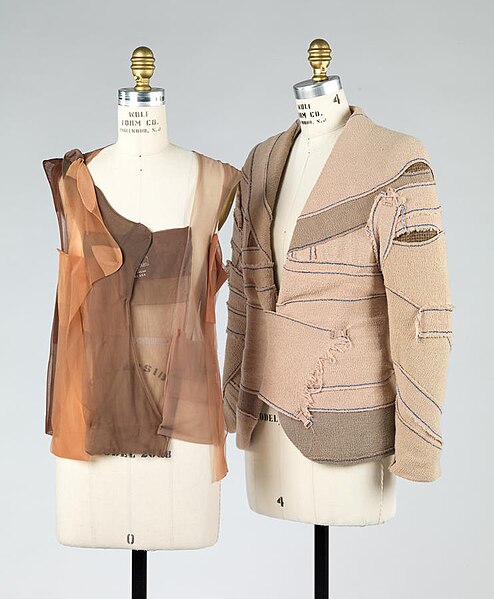
Belgian designer Martin Margiela is known for his deconstructionist approach to fashion. A founder of the avant-garde label Maison Margiela, he challenged conventional ideas of beauty and fashion. Margiela’s designs often featured exposed seams, raw hems, and oversized silhouettes, creating an unfinished, industrial aesthetic. His anonymity and refusal to conform to fashion norms only added to his mystique. Margiela’s influence on the rise of minimalist and conceptual fashion cannot be overstated. Today, his work continues to inspire designers seeking to break away from traditional sartorial rules.
Jean Charles de Castelbajac
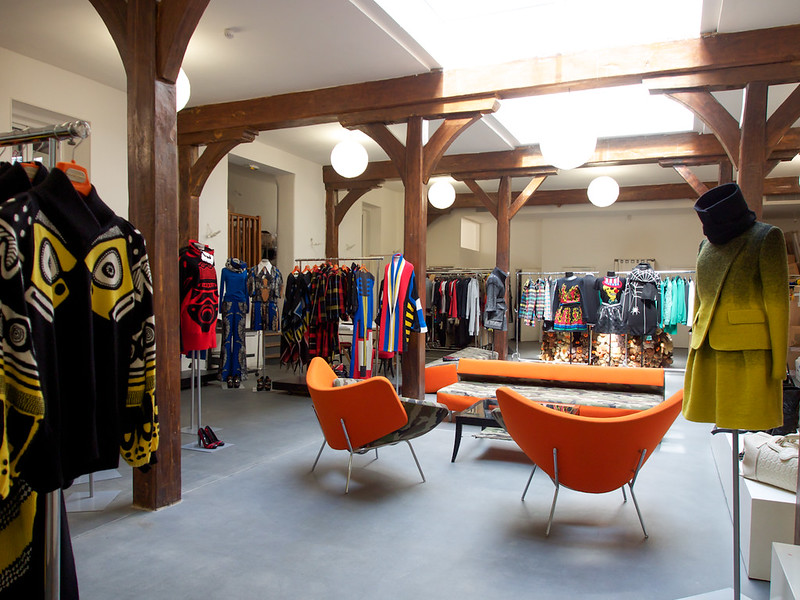
Jean Charles de Castelbajac is a French designer celebrated for his playful, artistic approach to fashion. Known for merging pop culture and fashion, he often incorporated vibrant cartoons and colorful motifs into his designs. His work, which includes collaborations with brands like Disney, has been seen on celebrities such as Madonna and Lady Gaga. Castelbajac’s whimsical approach made high fashion fun, accessible, and filled with personality. His collections often blur the line between clothing and art, offering a fresh perspective on both. Today, his influence is evident in many designers who play with bold prints and colors.
Rudi Gernreich

Austrian-American designer Rudi Gernreich was a true visionary, often credited with bringing futuristic concepts to the fashion world. In the 1960s, he created the monokini, a topless swimsuit that challenged traditional ideas about modesty and fashion. Gernreich’s designs were revolutionary, blending modernism with a sense of rebellion. He was also a vocal advocate for gender-neutral fashion, predicting trends that are only now becoming mainstream. His work pushed boundaries, making statements about body autonomy and self-expression. Though controversial in his time, Gernreich’s contributions have since been recognized as ahead of their time.
Madame Grès
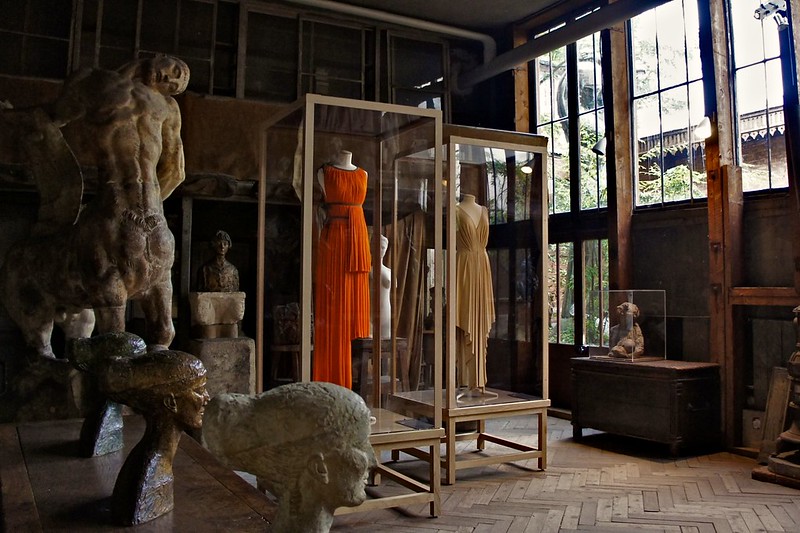
Madame Grès, born Germaine Émilie Krebs, was a French haute couture designer who specialized in draping and minimalism. Known for her Grecian-style gowns, she meticulously crafted garments that flowed with the body’s natural form. Her work was both sculptural and ethereal, often using silk jersey fabric to create timeless, elegant pieces. Madame Grès rejected trends, instead focusing on the mastery of fabric manipulation, which made her garments appear timeless. She dressed some of the most famous women of her time, including Grace Kelly and Jacqueline Kennedy. Though she preferred to remain out of the spotlight, her influence on draping techniques is still felt today.
Elsa Schiaparelli
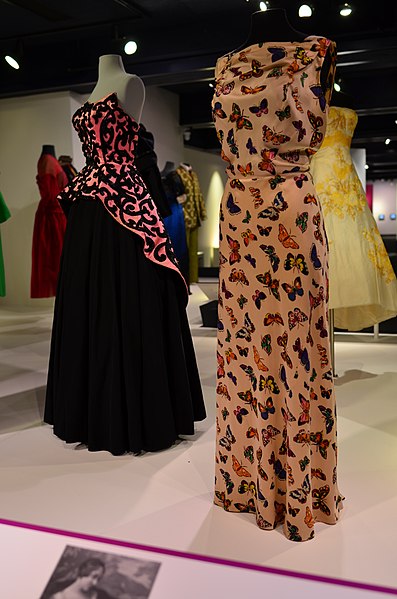
Although her name is often overshadowed by Coco Chanel, Elsa Schiaparelli was a pioneer in her own right. Known for her surrealist collaborations with artists like Salvador Dalí, she brought a whimsical and avant-garde edge to 1930s fashion. Schiaparelli’s designs incorporated bold colors, like her signature “shocking pink,” and unexpected elements, such as lobster prints and shoe hats. Her bold, artistic vision made her one of the first designers to elevate fashion to an art form. Schiaparelli’s influence on fashion as a medium for self-expression remains significant. Today, her house continues to thrive, reviving the creative spirit she instilled.
Barbara Hulanicki
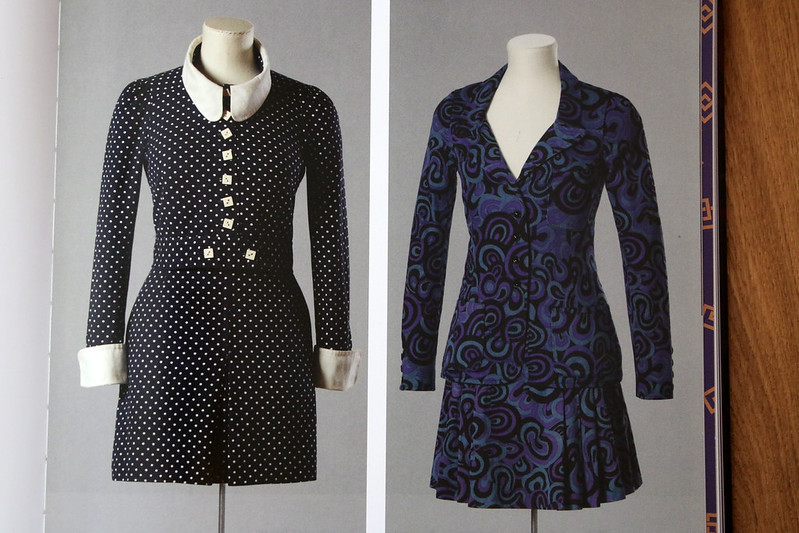
Barbara Hulanicki is the creative mind behind Biba, a fashion label that defined the 1960s and 70s. She revolutionized youth fashion with her affordable, trendsetting designs that catered to the emerging mod and bohemian movements. Hulanicki’s designs were an instant hit with London’s stylish youth, offering bold prints, mini skirts, and flared trousers. Biba’s iconic flagship store became a hub for the counterculture, drawing in stars like Twiggy and The Rolling Stones. Though Biba eventually closed, its legacy has lived on in the fashion world. Hulanicki’s influence can still be seen in the boho-chic trends of today.
Yohji Yamamoto
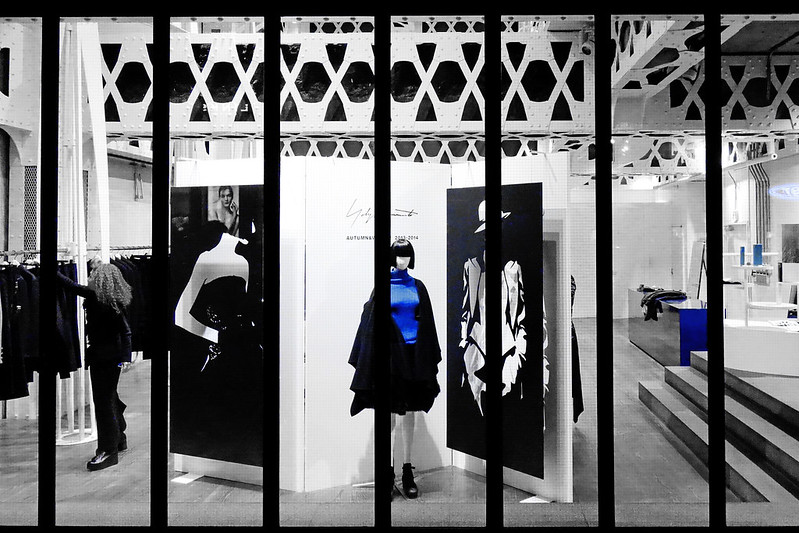
Yohji Yamamoto is a Japanese designer renowned for his avant-garde, androgynous designs. He is known for his use of monochromatic color palettes, particularly black, to create oversized, asymmetrical silhouettes. Yamamoto’s work often defies traditional ideas of gender, offering clothing that is fluid and unstructured. His designs have been described as both minimalist and theatrical, blending Eastern and Western influences. Yamamoto’s impact on fashion is profound, with his work influencing both haute couture and streetwear. Today, he remains a highly respected figure in the fashion world, continually pushing boundaries.
Pierre Cardin
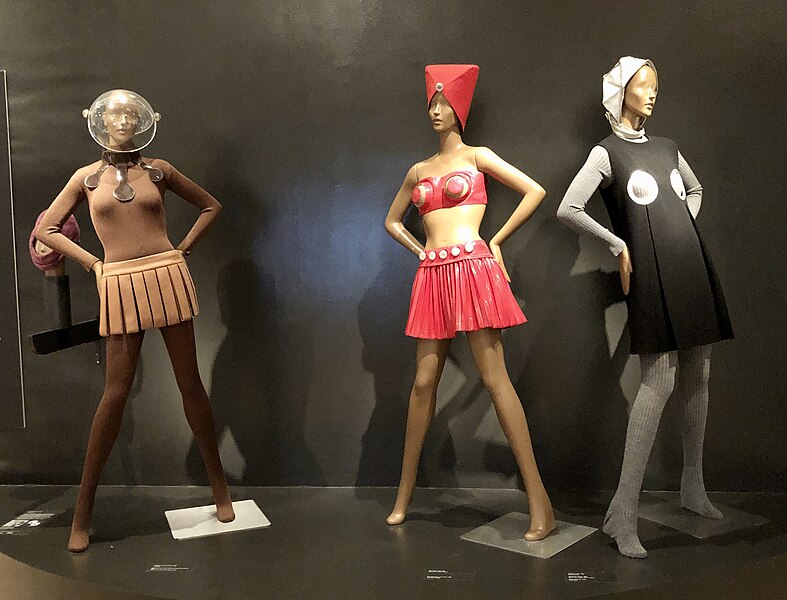
Pierre Cardin, an Italian-born French designer, gained fame for his futuristic designs and geometric shapes. His “bubble dress,” created in the 1950s, was one of the first designs to break away from traditional feminine silhouettes. Cardin pushed the boundaries of fashion, experimenting with non-traditional materials like vinyl and metal. He was also one of the first designers to launch a ready-to-wear collection, democratizing fashion for the masses. Cardin’s space-age aesthetic heavily influenced the mod movement of the 1960s. His visionary approach continues to inspire designers who seek to blend fashion with innovation.
Kansai Yamamoto
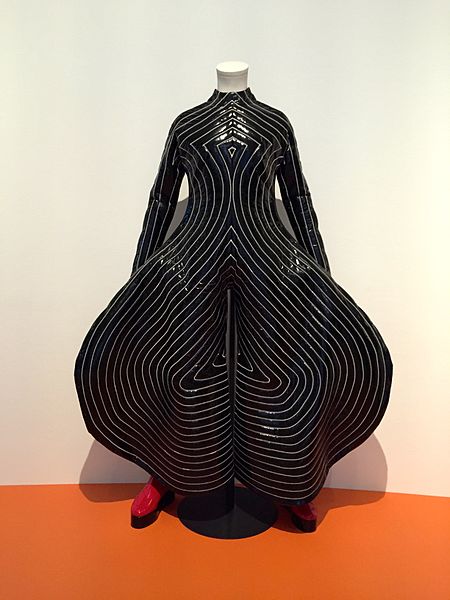
Japanese designer Kansai Yamamoto is best known for his eclectic and flamboyant designs, particularly his work with David Bowie during the Ziggy Stardust era. His bold prints, exaggerated silhouettes, and vibrant colors challenged the traditional aesthetics of the fashion world. Yamamoto’s work drew heavily on traditional Japanese theater and culture, which he modernized for a global audience. His designs embodied the spirit of performance art, making fashion an integral part of pop culture. Though lesser-known today, his contributions to fashion during the 1970s were groundbreaking. Yamamoto’s fusion of Eastern and Western styles continues to inspire modern designers.
Sonia Rykiel
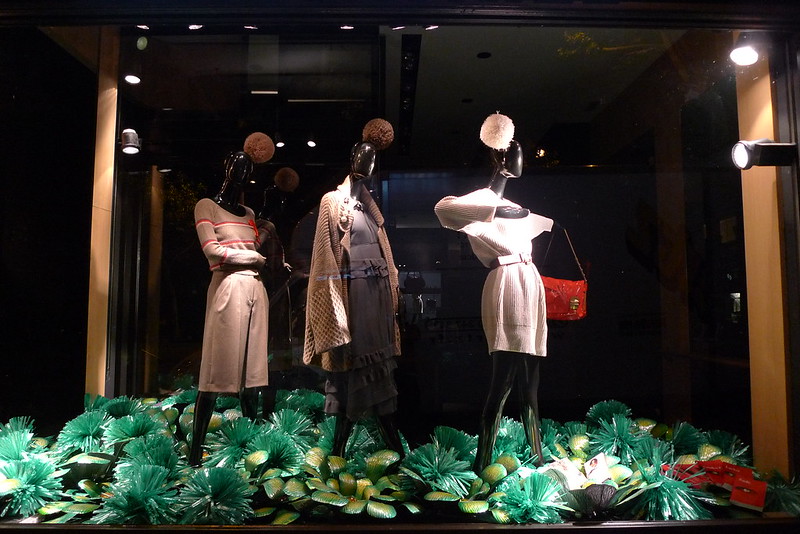
Dubbed the “Queen of Knits,” Sonia Rykiel was a French designer who redefined knitwear with her innovative and chic designs. Her relaxed, effortlessly stylish garments became a staple in women’s wardrobes during the 1960s and 70s. Rykiel’s signature look included striped sweaters, fitted tops, and playful slogans. She was one of the first designers to embrace the idea of unstructured, comfortable clothing as high fashion. Her designs gave women freedom of movement while remaining stylish, a concept that has since become a cornerstone of modern fashion. Rykiel’s influence on the casual-chic aesthetic remains strong today.
Emanuel Ungaro
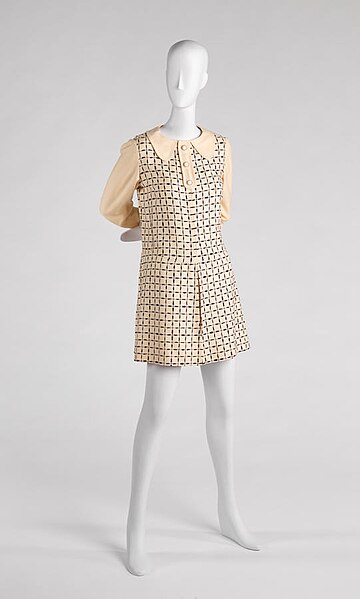
Emanuel Ungaro was a French designer known for his vibrant use of color and intricate prints. His work blended traditional French couture with a bold, modern aesthetic, earning him a reputation for being daring yet elegant. Ungaro’s designs were celebrated for their feminine cuts and luxurious fabrics, making him a favorite among celebrities in the 1970s and 80s. His collections often featured flowing dresses, sharp tailoring, and playful prints, offering a fresh take on luxury fashion. Though he retired in the early 2000s, Ungaro’s legacy lives on through his house’s continued influence on haute couture. Today, his designs are remembered for their exuberance and grace.
Ann Demeulemeester
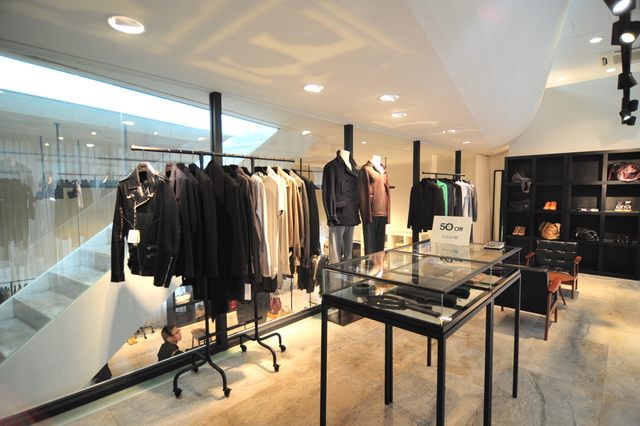
Ann Demeulemeester, one of the original members of the Antwerp Six, is known for her gothic, androgynous style. Her designs often feature dark, moody color palettes and flowing, layered fabrics, creating an ethereal yet powerful look. Demeulemeester’s work blurs the line between fashion and art, offering an intellectual take on modern clothing. She has been a major influence on the rise of minimalist and deconstructed fashion, with her work embodying a sense of rebellion and individualism. Her collections often play with contrasts, balancing light and dark, masculine and feminine. Even after stepping down from her label, her impact on fashion remains undeniable.
Vivienne Westwood
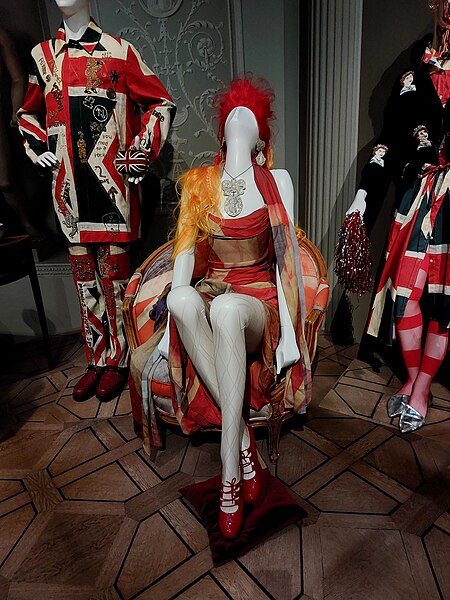
While Vivienne Westwood may be more well-known than others on this list, her early role in shaping punk fashion often goes underappreciated. Westwood’s rebellious designs in the 1970s challenged the establishment, combining political statements with subversive aesthetics. Her early work with the Sex Pistols helped define the look of the punk movement, characterized by ripped fabrics, safety pins, and provocative slogans. Westwood’s ability to merge activism with fashion made her a cultural icon, not just a designer. Her influence extended far beyond the punk era, with her work continuing to challenge societal norms in fashion today. Westwood’s unique blend of rebellion and refinement remains a major force in the industry.
This article originally appeared on Rarest.org.
More From Rarest.Org
Vintage fire trucks are a fascinating glimpse into the history of firefighting. From their bold designs to their innovative features, these rare machines showcase the evolution of fire safety technology. Read more.
10 Beautifully Preserved Ancient Cities Buried Beneath the Earth

Ancient cities hold mysteries of civilizations long gone, hidden beneath the earth for centuries. These cities, once bustling with life, are now beautifully preserved time capsules of history. Read more.
Reptiles across the globe are struggling to survive in their natural habitats. Due to habitat loss, poaching, and climate change, many species face the brink of extinction. Read more.


